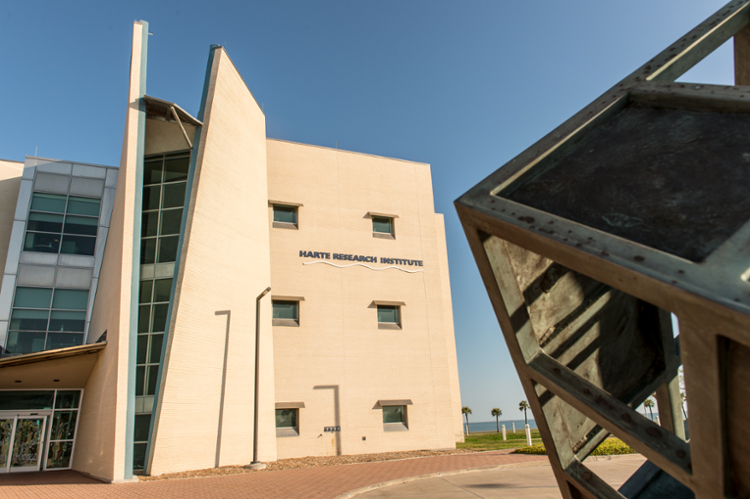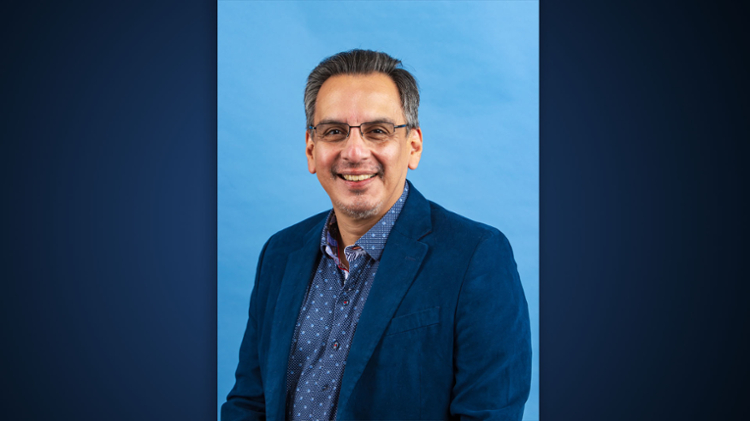HRI Researchers Develop New Tools to Measure the Environment’s Benefits for Coastal Residents
CORPUS CHRISTI, Texas – One of the most ambitious and expensive ecosystem restoration efforts ever undertaken is currently underway in the Gulf. More than $18 billion in environmental fines paid out by BP after the Deepwater Horizon oil spill have been committed to restore the Gulf, and the stakes are higher than ever to understand not only how restoration will benefit the environment, but how it will impact the lives of the people living on our coast.
Socioeconomic researchers at the Harte Research Institute for Gulf Studies (HRI) at Texas A&M University-Corpus Christi are developing new tools to assess and monitor the benefits environmental restoration provides to fisheries, tourism, employment, recreation and other human interests.
“We’re beginning to monitor these projects from the biophysical side but there’s a real need to examine their impacts from the socioeconomic side too,” said Dr. David Yoskowitz, associate director and HRI chair for socioeconomics. “When we talk to the public about the success of these projects, they’re not just going to want to know that we restored 100 acres of marsh, for example, they’re going to want to know how that impacts their lives.”
HRI researchers led by Yoskowitz are working on a series of projects funded by the Gulf Research Program of the National Academies of Sciences, Engineering, and Medicine (NASEM) and the Gulf Alliance’s Gulf Star program to help to more broadly define the benefits we get from restoration projects, and develop a common system for measuring and communicating those benefits.
The $1.3 million NASEM project is being led by Dr. Lydia Olander, director of the Ecosystem Services Program at Duke University’s Nicholas Institute for Environmental Policy Solutions in partnership with Dr. Heather Tallis, lead scientist at the Nature Conservancy and Dr. Christine Shepard, director of science for the Nature Conservancy’s Gulf Program. The project seeks to build a common framework for assessing and reporting on restoration progress and effectiveness across different projects and locations.
“Value can be denominated in different ways and we need to figure out what matters to people and measure it. Is it food? Jobs? Recreational opportunities? Or even something less tangible, like cultural importance,” Yoskowitz said. “It is also critical that we connect these metrics to our biophysical monitoring system.”
That framework doesn’t currently exist and developing one will help decision-makers, project managers and community members coordinate restoration projects toward their shared environmental, social and economic goals. These models can then be used to measure the failure or success of projects in reaching those goals, and through comparing outcomes we can figure out what’s working in restoration and what isn’t.
HRI is also leading a project to integrate ecosystem services socioeconomic metrics into the extensively utilized Coastal Community Resilience Index (CRI), a planning tool used by cities and counties to assess their preparedness for and resiliency after a disaster. Yoskowitz said that the idea came from a stakeholder in Rockport who was actively using the CRI in coastal planning, and who wanted to get a better understanding of the benefits the community was getting from the natural environment.
“As the Gulf coast moves forward with numerous restoration projects, and as natural and human-caused processes alter the environment, it is necessary to connect changes back to communities for planning so that coastal communities can better prepare for and recover from impacts such as oil spills, sea level rise, and hurricanes or storms,” said Dr. Katya Wowk, HRI senior associate for strategic planning and policy. “As Hurricane Harvey showed on the mid-Texas coast, the storm surge did not come from the Gulf side of the barrier islands, but the backside, causing significant storm surge flooding in Port Aransas and other communities.”
A more comprehensive understanding of communities, their infrastructure and how they interact with the environment is need, she added.
This NASEM project is being funded by a Gulf Alliance Gulf Star grant, which is a private-public partnership that supports projects seeking to improve the Gulf’s ecosystems and its economy. Partners in this project include the Coastal Resilience, Water Resources, and Habitat Resources Priority Issue teams of the Gulf Alliance; Dr. Becky Allee, coordinator of the Ecosystem Services Assessment cross-team initiative at National Oceanic and Atmospheric Administration’s Gulf Coast Services Center; and Dr. Tracie Sempier, Coastal Storms Program Outreach Coordinator at Mississippi-Alabama Sea Grant.
“Ecosystem services play a vital role in community resilience,” Sempier said. “We are excited about this opportunity to enhance the Coastal Community Resilience Index by including indicators of ecosystem health for a more holistic approach to increasing community well-being.”




